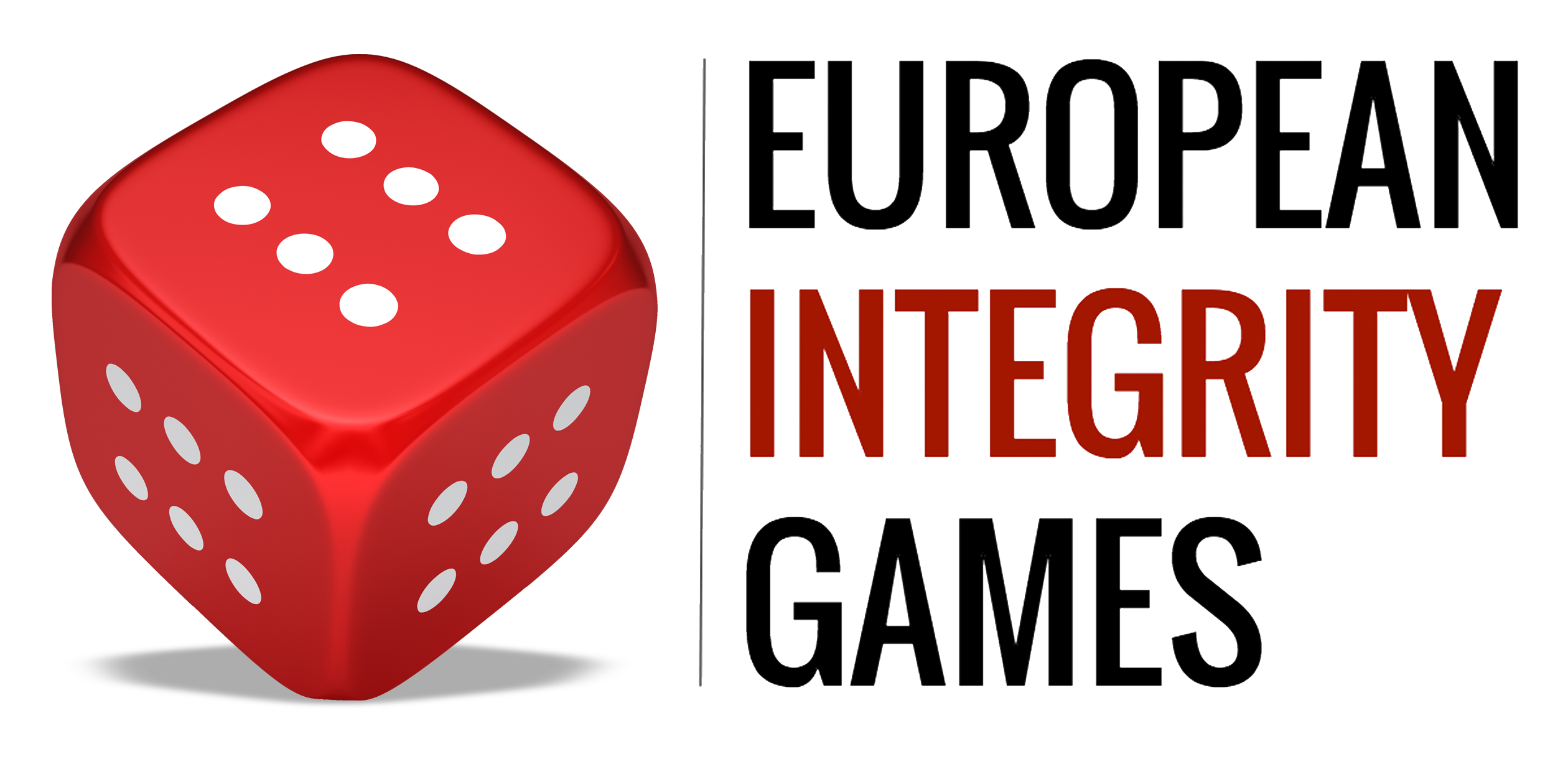Corruption vs Perception
Focus on the Perception of Corruption
Given that corruption often occurs behind closed doors, measuring it presents a constant challenge. Surveys most often rely on the perceptions of citizens as a primary indicator of corruption, such as Transparency International’s Corruption Perceptions Index and the World Bank’s Control of Corruption. Commonly, a sample group is interviewed and asked to respond to questions such as: “Do you think corruption is particularly widespread in your country?”.
The problem with perceptions is that they can be hard to overcome, and do not always correspond to the reality of the situation. The perception of corruption levels in any given country can have real-world implications on its social fabric and economy (especially the potential for foreign direct investment).
The Games
Through walking in another’s shoes, and imagining different perspectives, players are forced to question their pre-formulated assumptions about corruption and learn to separate fact from commonly-accepted fiction.
The Setting: a survey panel of everyday citizens.
The Characters:
- A diverse mix of citizens realistically representing the country’s demographics
- The survey conductor
- The politicians
The Plot:
- The game begins as a simple survey sample, each character being asked their perceptions on corruption in their country, using questions from actual interviews conducted by WBGI and Transparency International.
- The game will then progress to walk through real-life legislative procedures which have taken place in that country, and the successes and failures they have encountered, from the viewpoint of both the politicians and the public.
- In the end, players once more act out the survey, but this time switching roles.
